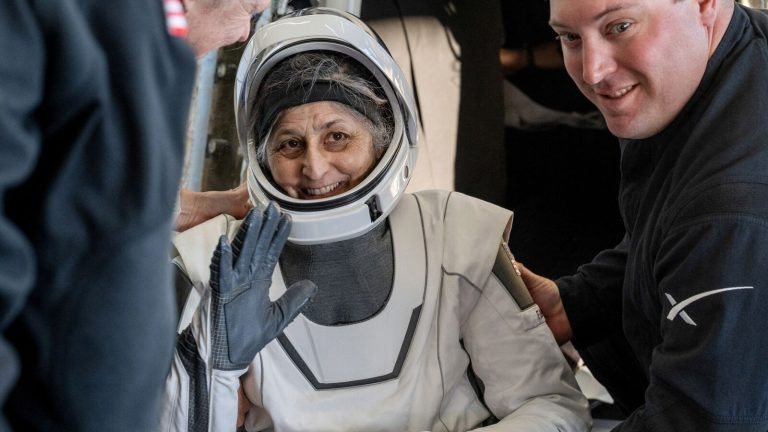Why did Williams spend such a long time in space?
Williams’ and fellow Nasa astronaut Butch Wilmore’s mission aboard a Boeing spacecraft has finally ended and they are safely back on Earth. A leaking propulsion tank and faulty thrusters in the Boeing Starliner threw return plans off schedule. A subsequent human spaceflight had to be dedicatedly planned for the stranded astronauts, which took time due to natural scheduling challenges. Elon Musk, who runs SpaceX, claimed that he had “offered to bring Williams back” more than six months ago, but Nasa administrator Bill Nelson has denied this. Amid this political slugfest and engineering failure, Williams and Wilmore ended up spending over nine months in space. Eventually, SpaceX’s Crew Dragon flew Williams and Wilmore back to earth safely—a feat that underlined how far the safety of space missions has evolved in the past two decades.
Has Williams broken the record for a human in space?
No. Russian spacefarer Valeri Polyakov spent a total of 437 days aboard the now-crashed Mir Space Station, built in the Soviet era of the first space race, between 1994 and 1995. For the US, astronaut Frank Rubio spent 371 days in space from September 2022—making him the longest-residing American in space. Williams, along with Wilmore, are now the joint sixth-longest space residents for the US—and among 10 of the world’s longest space residents of all time. Veteran Russian cosmonaut Oleg Kononenko has the longest space duration cumulatively—spending 1,111 days of his life in space. Very long tenures are typically avoided by space agencies, since a long-duration stay impacts the functioning of body and brain, causing muscle loss and change in vision.
Is India on track with its human mission?
Yes. This year, the Indian Space Research Organisation (Isro)’s Gaganyaan mission is expected to conduct its first unmanned trial mission with its indigenous crew module, in an effort to validate India’s own space technology. By 2026, four Indian astronauts are expected to fly aboard India’s own spacecraft and from Indian terrain—a feat managed by only the Soviet Union, the US and China. A moon landing is planned by 2040.
Is space travel that difficult for us?
Despite nearly 64 years since Russian cosmonaut Yuri Gagarin’s first spaceflight in April 1961, human missions remain challenging. Errors and oversights can lead to tragedies such as Nasa’s 1986 mission Challenger that exploded after takeoff, and the 2003 mission aboard Columbia that exploded when attempting to land—killing Kalpana Chawla, the first Indian-origin woman in space. Human spaceflights require fail-safes to handle the immense forces on space shuttles, and work in zero-gravity, zero-oxygen conditions. At the same time, space tourism is picking pace.
What’s at stake for nations?
Control over space is a geopolitical race. Sending humans to space would also give nations capability to carry out space reconnaissance and engineering activities for defence forces and research. China has used its space programme to cement its place in the global pecking order. With Russia placed precariously, India’s Gaganyaan can increase its weight as an ally for the West in Asia. However, sending humans to space, alongside engineering challenges, is also expensive. All this, while missions get more ambitious by the day. Gaganyaan can put one more feather in India’s space cap.


